What Kind of Plastic Bottles Are Safe to Reuse? (Explained)
To make sure you keep adequately hydrated during the day, it’s a wonderful idea to bring a water bottle with you outside. It is considered practical, cost-effective, and healthy. Despite that, many types of plastic water bottles can truly transform your daily requirement of liquid intake into something dangerous; that is why it is important to pay attention to the plastic your bottle is made of.
Products made up of Plastic 2 (HDPE), Plastic 5 (PP) or Plastic 7 (Other: Tritan/Renewed Tritan) are considered safe plastic bottles to reuse as they have a negligible risk of exposing you to microplastics over a longer duration of time.
It’s reasonable to assume that because plastic items make our lives so much simpler, we use them frequently, if not excessively. To conserve resources and lessen environmental damage, it could be a good idea to recycle them. Can you safely reuse all plastic bottles and containers, though?
How To Know Which Bottle Is Safe To Refill With Water and What Not To Use
When using a bottle, you should always ensure that the one you are using is actually safe to refill with water and drink from / store water in. Otherwise, the chemicals found in some bottles can be extremely harmful to your health.
Generally, a bottle that is safe to refill with water does not leak any harmful chemical compounds under room temperature, does not emit any odor, and retains its structural integrity for a long period of time.
Are Plastic Type 2 Bottles (HDPE) Safe For Storing Water In?
Plastic Type 2 is the most cost-effective, safe plastic that is fit to store beverages and water. Under normal room temperature, you are unlikely to experience any side effects or harm whatsoever. However, when exposed to direct sunlight or under extreme temperatures, the chemical composition of the plastic may lead to minor side effects.
Therefore, it is recommended if you do end up using this container, keep it under regulated temperature, never expose it to direct sunlight, and try to look for a Plastic Type 5 container when storing water for extended periods of time using the same container.
Is A Bottle Made Up Of Plastic 5 (PP) Safe For Refilling?
Yes, a bottle made up of Plastic 5 (PP) is completely safe to store water. In fact, it is considered the safest plastic out of all the types present. This is primarily because the plastic is able to maintain its structural integrity and not decompose (thereby leaving harmful carcinogenic chemicals) at extremely high temperatures. Moreover, it does not contain bisphenol A (BPA), which is used to add rigidity to a plastic.
Due to its safety and overall effectiveness, it is also one of the most commonly used plastics present in the market and is used for more sensitive storage operations such as baby bottles, where there is not even the slightest margin for error of chemicals being accidentally exposed to the environment in any form.
Are Bottles Made Up Of Plastic Type 7 (Other) Safe For Refilling with Water?
Plastic Type 7 stands for plastics that do not fit into any other category. Therefore, you must be extremely cautious when it comes to picking out a container in this category that is safe for refilling water. Generally speaking, products from the likes of Everich and Tritan (and Renewed Tritan), while falling into this category, are BPA and toxin free.
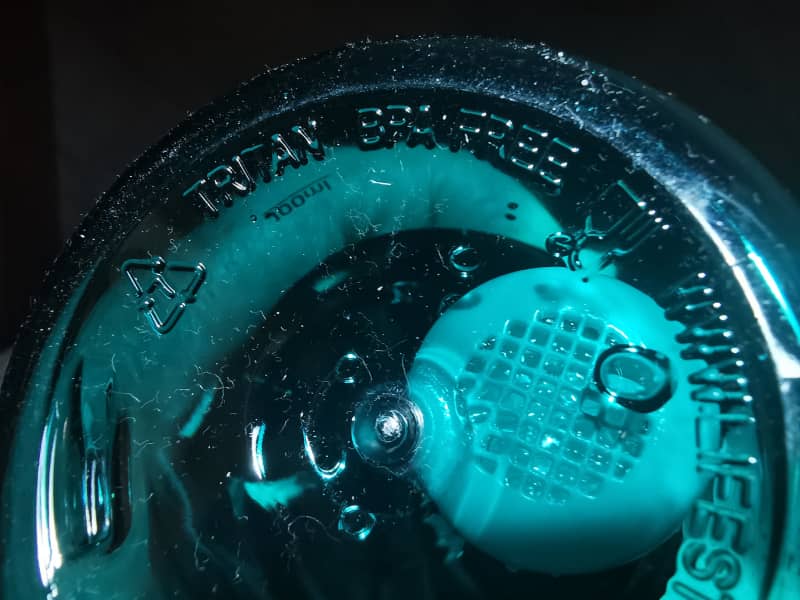
As I mentioned earlier, since the category is extremely broad, look at the manufacturer’s specifications or even confirm whether the container in question is safe for refilling water to ensure you aren’t causing serious harm. Generally speaking, any container that contains BPA is not safe to refill water as the compound is known to cause irregularity in one’s hormones.
Is VOSS Water Bottle Reusable?
If your VOSS water bottle is made out of glass (800 ml and above), then yes, it is reusable and will cause no harm. However, if your VOSS water bottle is made up of PET (type 1), then it cannot be reused under any circumstance. This is because polyethylene plastics tend to leach carcinogens over longer periods.
Reusable Bottles in Plastic: A Good Choice?
Depending on what type of plastic your bottle uses, it can be reusable. This is because the type of plastic a bottle is made up of plays a major role in its ability to not decompose or deteriorate thereby leading to harmful microplastics entering your body.
| No. | Type of Plastic | A Good Choice |
|---|---|---|
| 1 | Polyethylene Terephthalate (PET or PETE or Polyester) | ❌ |
| 2 | High-Density Polyethylene (HDPE) | ✅ |
| 3 | Polyvinyl Chloride (PVC) | ❌ |
| 4 | Low-Density Polyethylene (LDPE) | ❌ for water, juices etc. |
| 5 | Polypropylene (PP) | ✅ |
| 6 | Polystyrene (PS) | ❌ |
| 7 | Other | ✅ (Tritan/Renewed Tritan) |
The Best Alternatives to Plastic Bottles
● Glass: Glass bottles don’t contain any chemicals, and they also don’t absorb flavors or odors. When consuming water from a glass container, you can be sure it’s free of impurities.
● Ceramic: Ceramics provide the ideal substitute. Unlike plastic, they are reusable and recyclable, and if they do wind up in a landfill, they do not emit dangerous poisons into the environment that end up in our oceans, the ground, and even on our plates (in some cases), and inside of our bodies.
● Stainless Steel: Stainless steel bottles are a great replacement for plastic bottles since they are environmentally friendly, strong, safe, and simple to clean. Numerous desired characteristics are available, including distinctive caps, hip colors, carrying straps, spouts, handles, clips, and unusual forms, and the most important that the steel won’t rust.
● Paper Bottles: Paper has the benefit of decomposing considerably more quickly than plastic, making it less likely to be a source of litter and a threat to animals despite its low durability. Paper can also be recycled more widely than plastic bags, which can take up to a thousand years to degrade.
● Aluminum: Compared to other beverage containers, aluminum has a 3x higher recyclable content. In contrast to plastic, which can take up to 400+ years to degrade, metal breaks down fast. In turn, this frees up landfill space.
Conclusion
In conclusion, the types of plastic (2, 5 and 7) and Tritan are usually regarded as safe to be reused for cold liquids, so long that you keep them away from light. Use plastics (1,3,4,6) with extreme caution, especially when near food or beverages.
The first plastic isn’t too bad, but it needs to be stored in a cold place and shouldn’t be reused. Indeed, plastic 1 (PET) is intended for single use ONLY!
If you’re still unsure which plastic bottles are reusable, opt for an reusable bottle that exceeds FDA requirements like the one I use and you’re good to go!
Sources
- Healthline: Is It Safe to Reuse Plastic Bottles
- ThoughtCo: The Dangers of Reusing Plastic Bottles

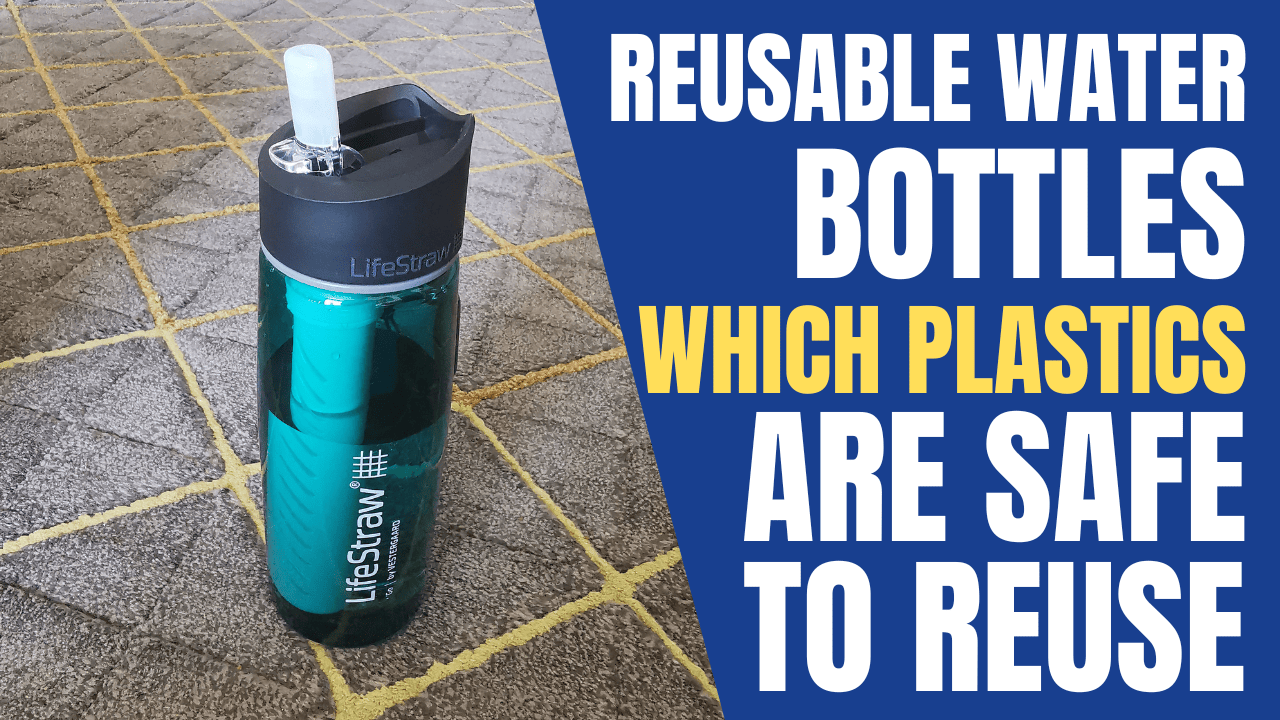
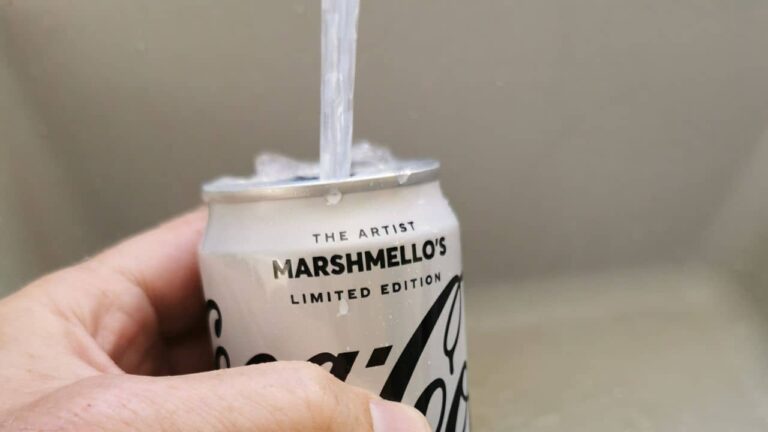
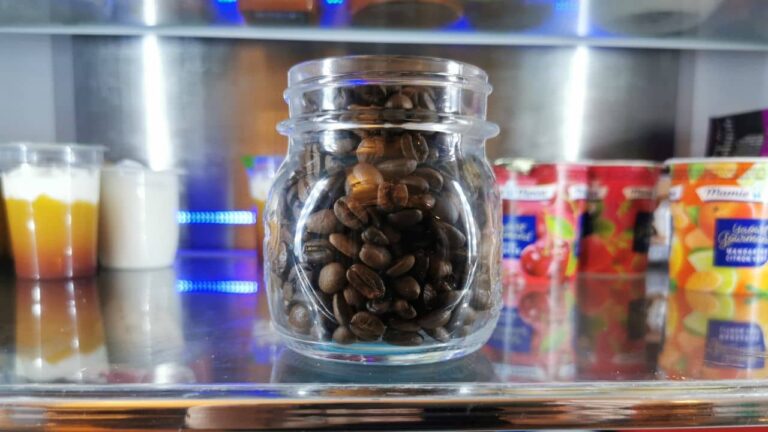
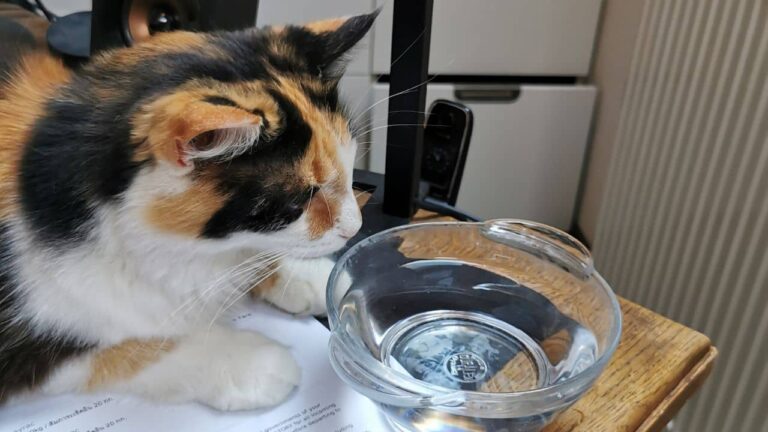
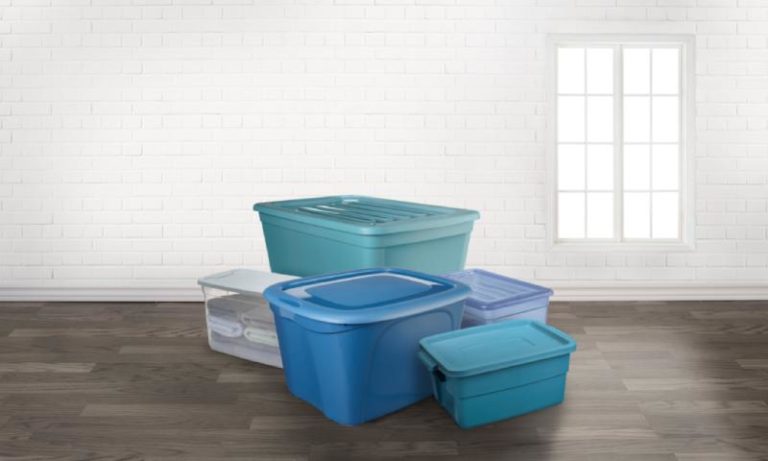
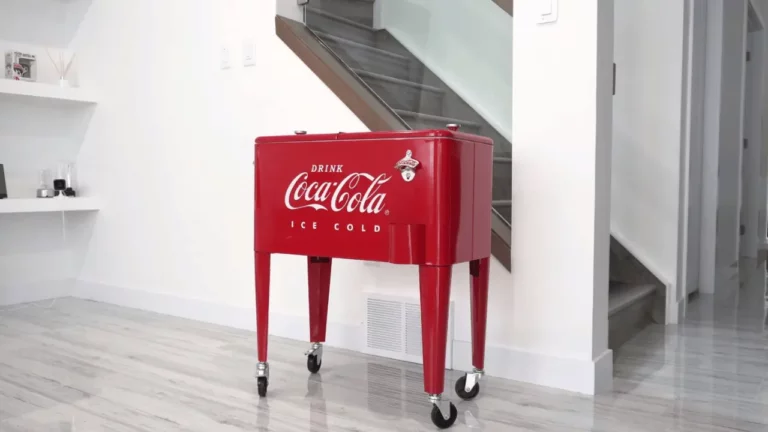
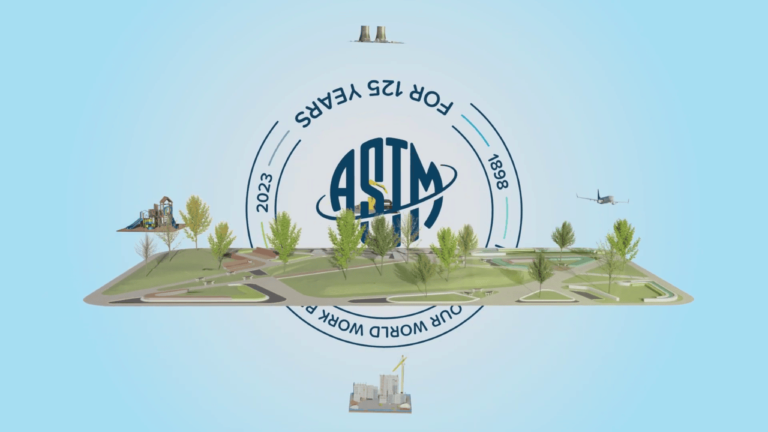
Thank you for this, it’s exactly what I wanted to know. I was just trying to find this information and had to sift through many articles trying to sell their sponsored water bottles, fear mongering about plastic in general with no nuance
My pleasure, Chloe! I’m glad I could provide the information you were looking for without the commercial bias or fear-mongering.